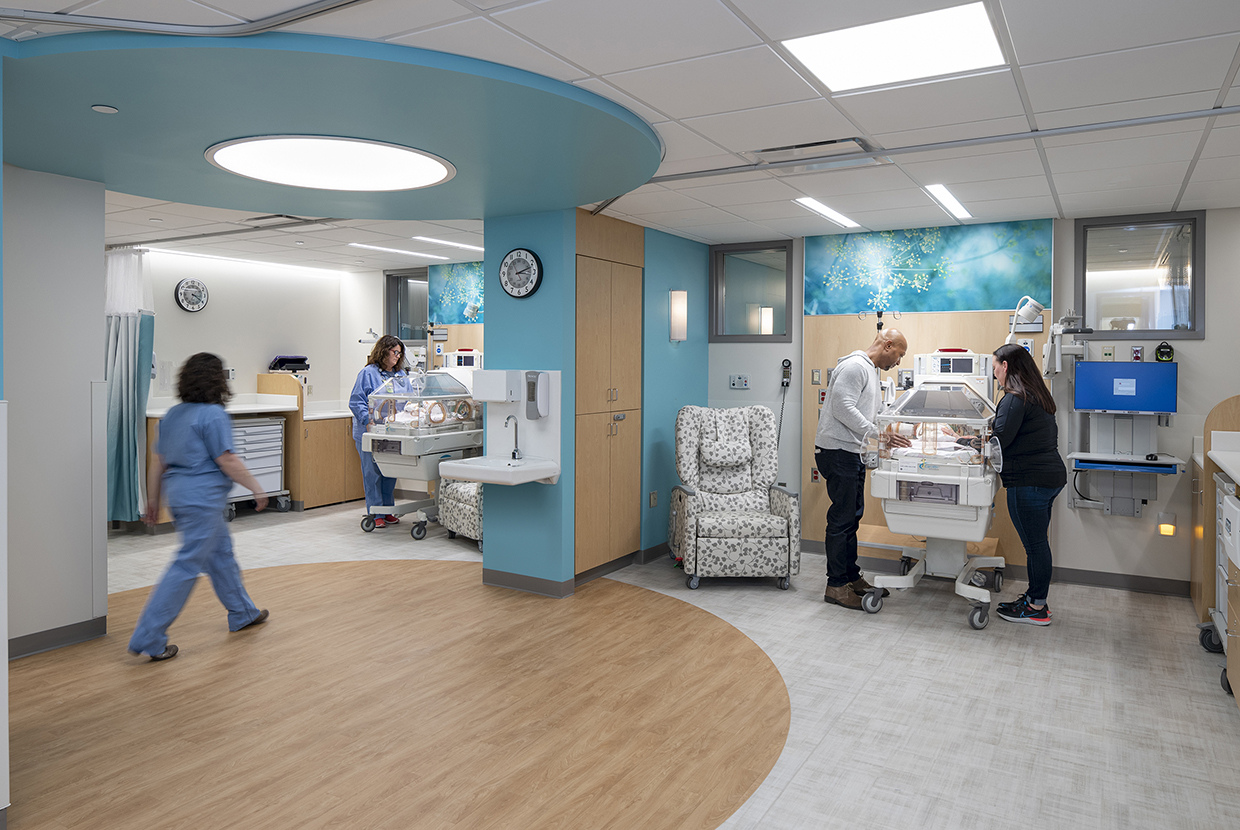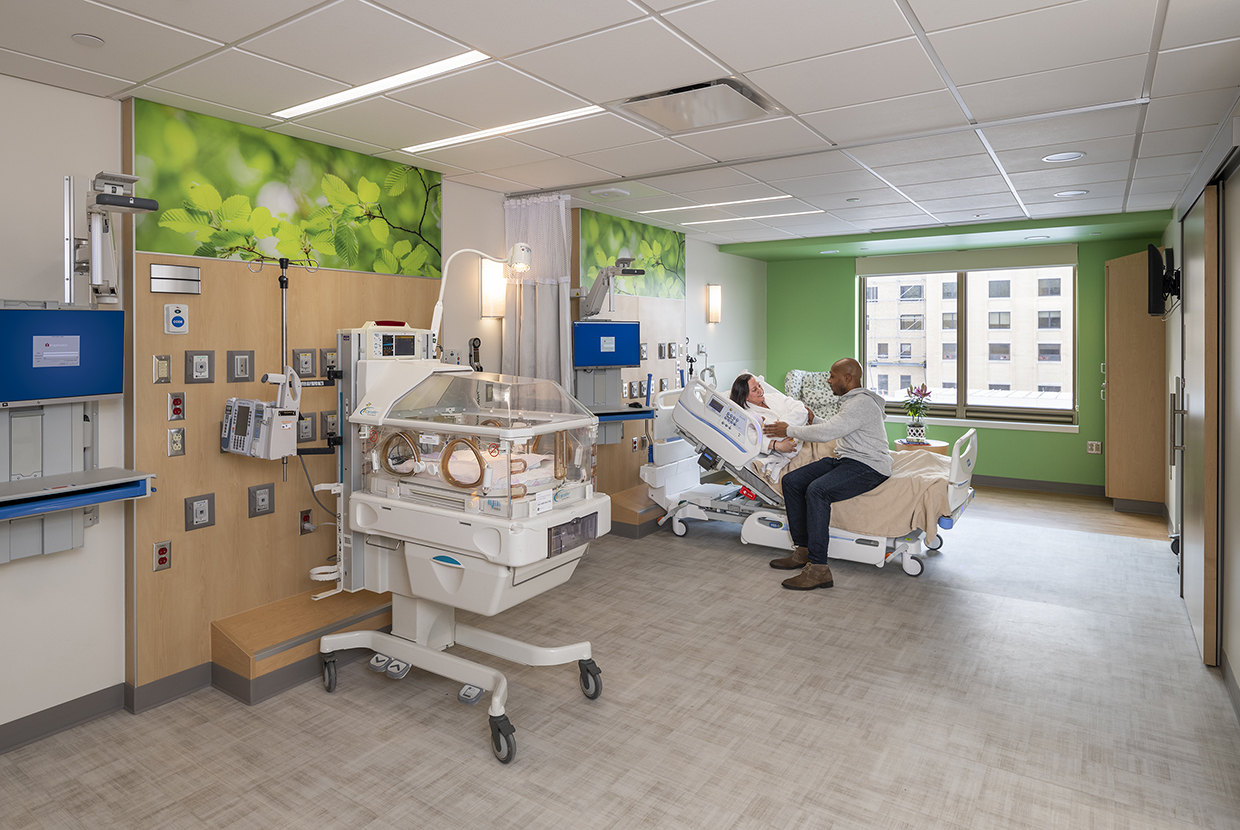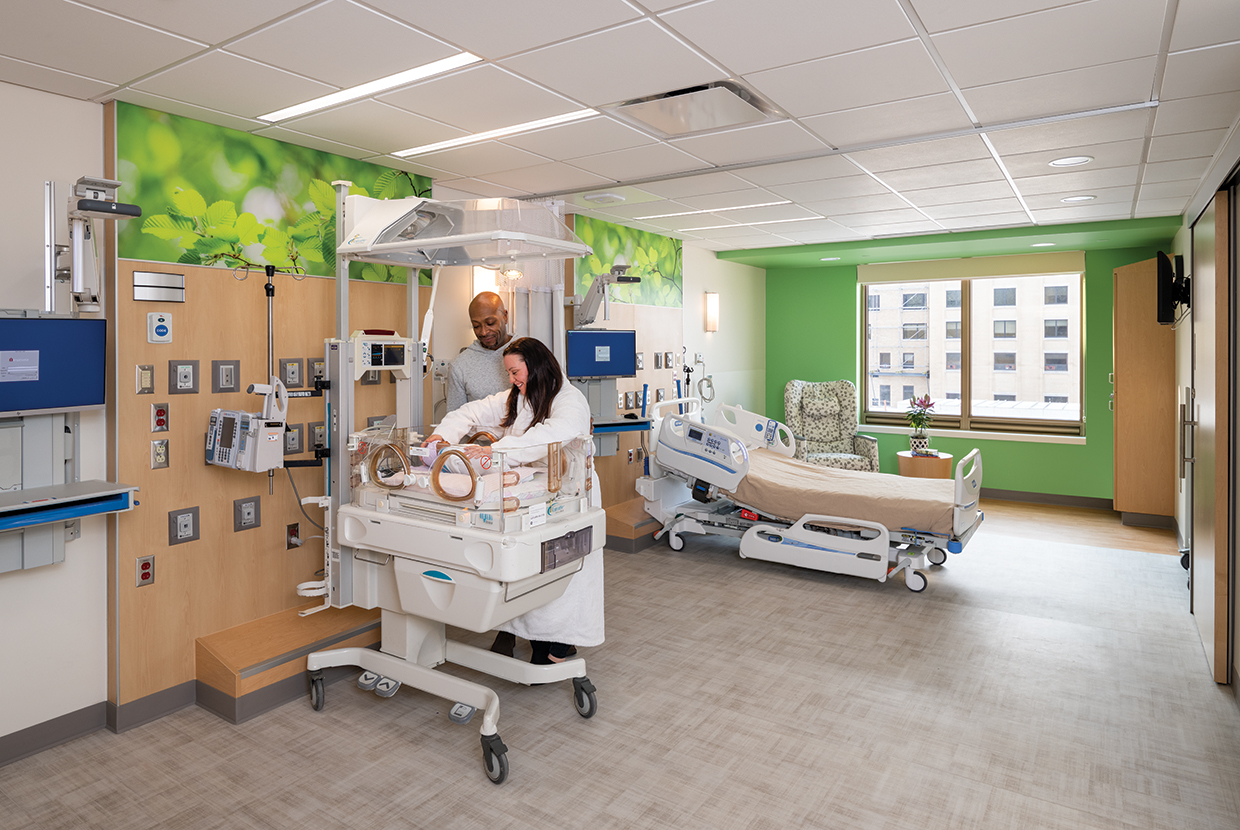Blog
Insights From a Lighting Designer: Lighting the NICU
Laurie Emery discusses considerations and concerns when creating a lighting design plan for a healthcare NICU space.
When considering the importance of the NICU there are a number of things that may come to mind; but unless you are a lighting professional, lighting is not likely your number one thought. Learn more.
The correct lighting in a clinical setting can make for a better healing environment for patients and their families; as well as a better work environment for physicians, nurses, and other caregivers. Every family expecting a new baby hopes that their baby will be healthy and arrive on the expected due date. Unfortunately, according to the World Health Organization 1 out of every 10 infants in the world are born prematurely (before 37 weeks gestation). When infants are born prematurely there are often complications, which may lead to an extended stay in the NICU. The NICU can be a pretty intimidating place for new parents; which is why it is so very important to get the lighting design right.
The goal should be to create a space that can respond to diverse, demanding lighting needs of the staff as well as providing a comfortable space for the infant and family members who may cohabitate during the infant's stay in the NICU.

As a designer contemplates lighting for the NICU, they must consider the activities that may take place on any given day. High-risk newborns and their families will be the foremost occupants, along with the medical staff. Different spaces in the NICU have distinct lighting needs. There are a number of recommended practices and standards that have been developed over the years that need to be followed. A designer must always keep in mind budget and time constraints. Building conditions can be a factor; if the space is a renovation or new construction there are building codes in place that must be followed.
With present day technology available to lighting professionals, they may choose products that can shift spectral quality throughout the day to support the circadian rhythm of the human body. Certain stimuli provided by natural daylight helps reset the human body clock allowing the circadian cycle to help control the “Sleep-Wake” cycle. There is evidence with lighting systems that deliver specific spectral light have an impact on the circadian systems of humans on indoor lighting systems.
 The standard for ambient lighting in infant care areas provides specific guidance for light levels, controllability, and color rendering recommendations, to support skin color fidelity (Rf) and color saturation (Rg) values supported by published data (Medical Facilities Criteria (UFC) 4-510-01 Command, 2019). The Flicker index (FI) and cleanability of the lighting fixtures must also be considered. Aside from the direct procedure lighting requirement, ambient lighting used in the infant care areas should be indirect or outside the infant's direct line of sight. The main attention of the lighting is to provide visual acuity for the medical staff; allowing them to assess the health of the infant with speed and accuracy.
The standard for ambient lighting in infant care areas provides specific guidance for light levels, controllability, and color rendering recommendations, to support skin color fidelity (Rf) and color saturation (Rg) values supported by published data (Medical Facilities Criteria (UFC) 4-510-01 Command, 2019). The Flicker index (FI) and cleanability of the lighting fixtures must also be considered. Aside from the direct procedure lighting requirement, ambient lighting used in the infant care areas should be indirect or outside the infant's direct line of sight. The main attention of the lighting is to provide visual acuity for the medical staff; allowing them to assess the health of the infant with speed and accuracy.
Controls for tunable lighting are also an important factor that should be accessible to medical staff and the families. The lighting controls need to be easily found, identified, and simple to understand. The only exception is the separate controls for the procedure lighting that would be mounted at each infant bed.

